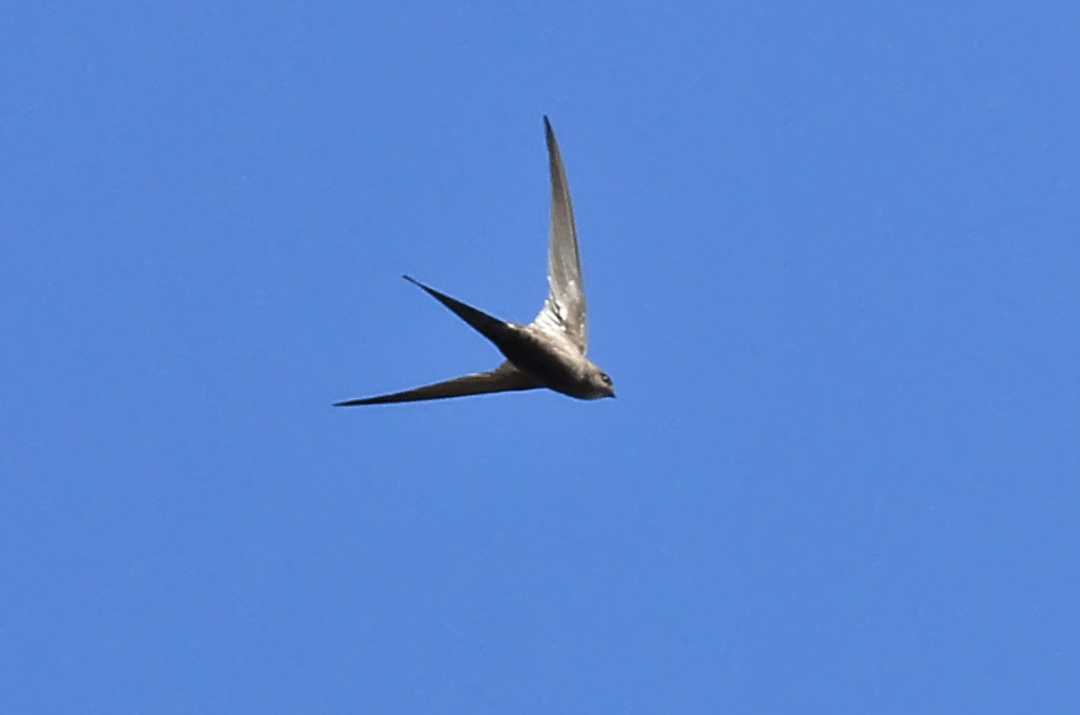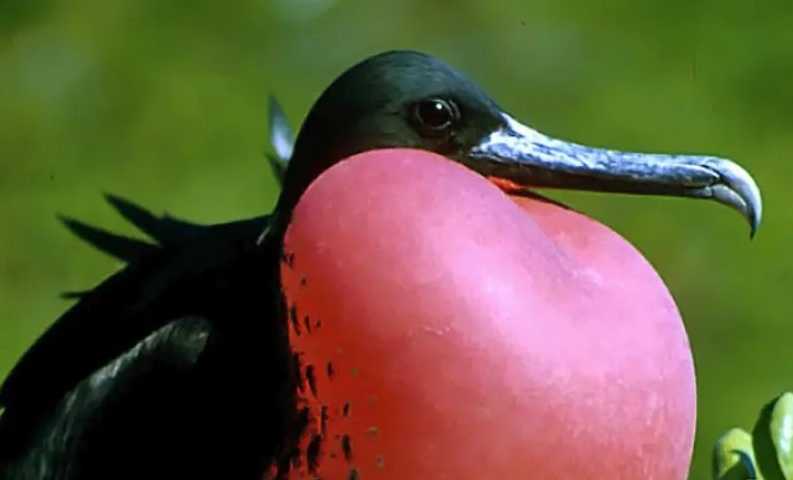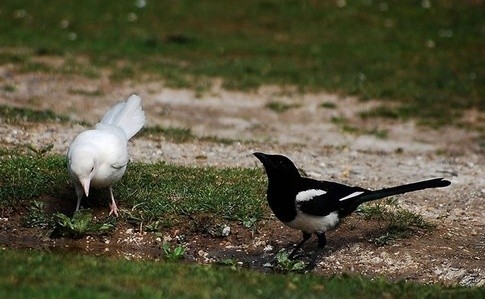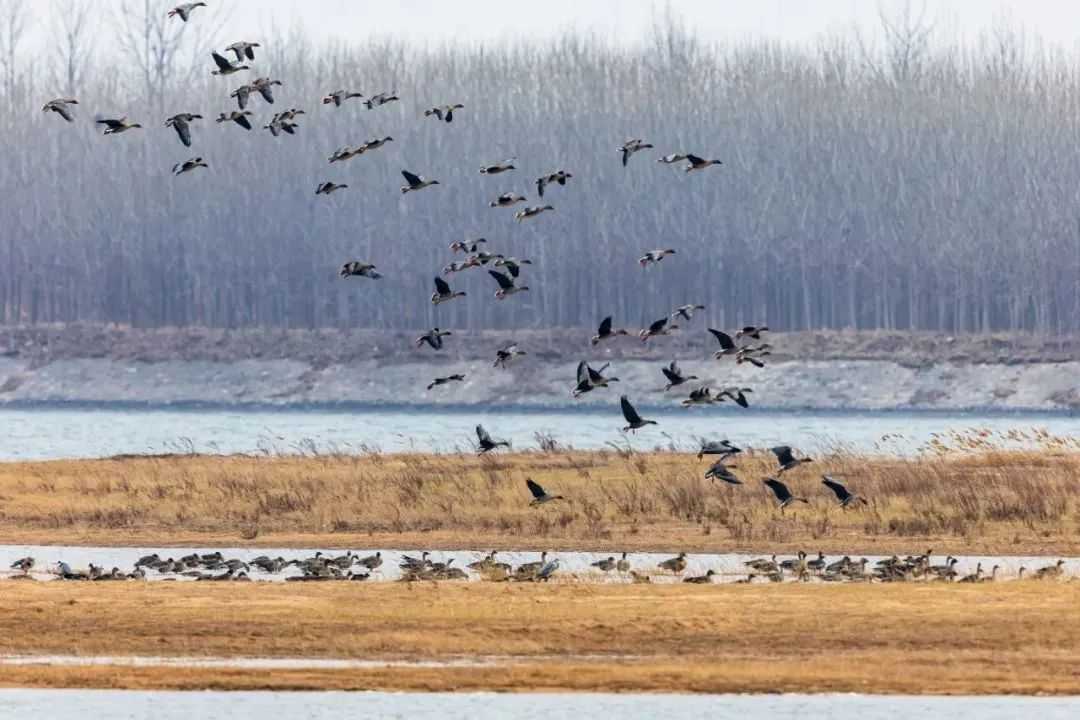Tiny in size yet with slender, pointed wings, swifts earned the nickname "legless birds" for a life almost entirely spent in flight—even eating, drinking, and mating mid-air. These aerial acrobats can fly continuously for 10 months without landing, a feat unmatched in the avian world.
The Swift: Nature’s Legless Wonder and Aerial Life Master
Tiny in size yet with slender, pointed wings, swifts earned the nickname "legless birds" for a life almost entirely spent in flight—even eating, drinking, and mating mid-air. These aerial acrobats can fly continuously for 10 months without landing, a feat unmatched in the avian world.
Source: Images from the Internet, if there is any infringement, please contact the removal of
Scientists have uncovered their remarkable "fragmented sleep mode": at night, swifts climb to high altitudes, gliding in circles while letting each half of their brain nap for mere seconds in rotation. Using air currents to maintain balance, they achieve what no other bird can: sleeping on the wing. This ability to "doze while soaring" makes them the only true "wind sleepers" in nature.
Their physiology is optimized for perpetual flight: reduced legs (more like tiny claws for perching), lightweight bones, and a metabolism that prioritizes energy efficiency. "Swifts have turned flight into a way of life, not just a means of travel," notes ornithologist Dr. Sarah Evans. "They catch insects in mid-air, drink by skimming water surfaces, and even mate while locked in aerial embrace—all without touching the ground."
This aerial endurance stems from evolutionary adaptation. "During migration, they use jet streams to boost speed, covering thousands of kilometers while napping in brief cycles," says avian biologist Dr. Michael Braun. The longest recorded non-stop flight? Over 200 days, a testament to their unparalleled stamina.
For centuries, swifts fascinated humans; ancient myths likened them to spirits bound to the sky. Today, their survival faces threats from habitat loss and climate change, but their ability to thrive in the air remains a biological marvel. "Watching a swift weave through city skies, you realize it’s not just flying—it’s living," says photographer Alexei Chang. "In a world where most creatures need solid ground, the swift is a reminder that sometimes, true freedom lies in never having to land."




